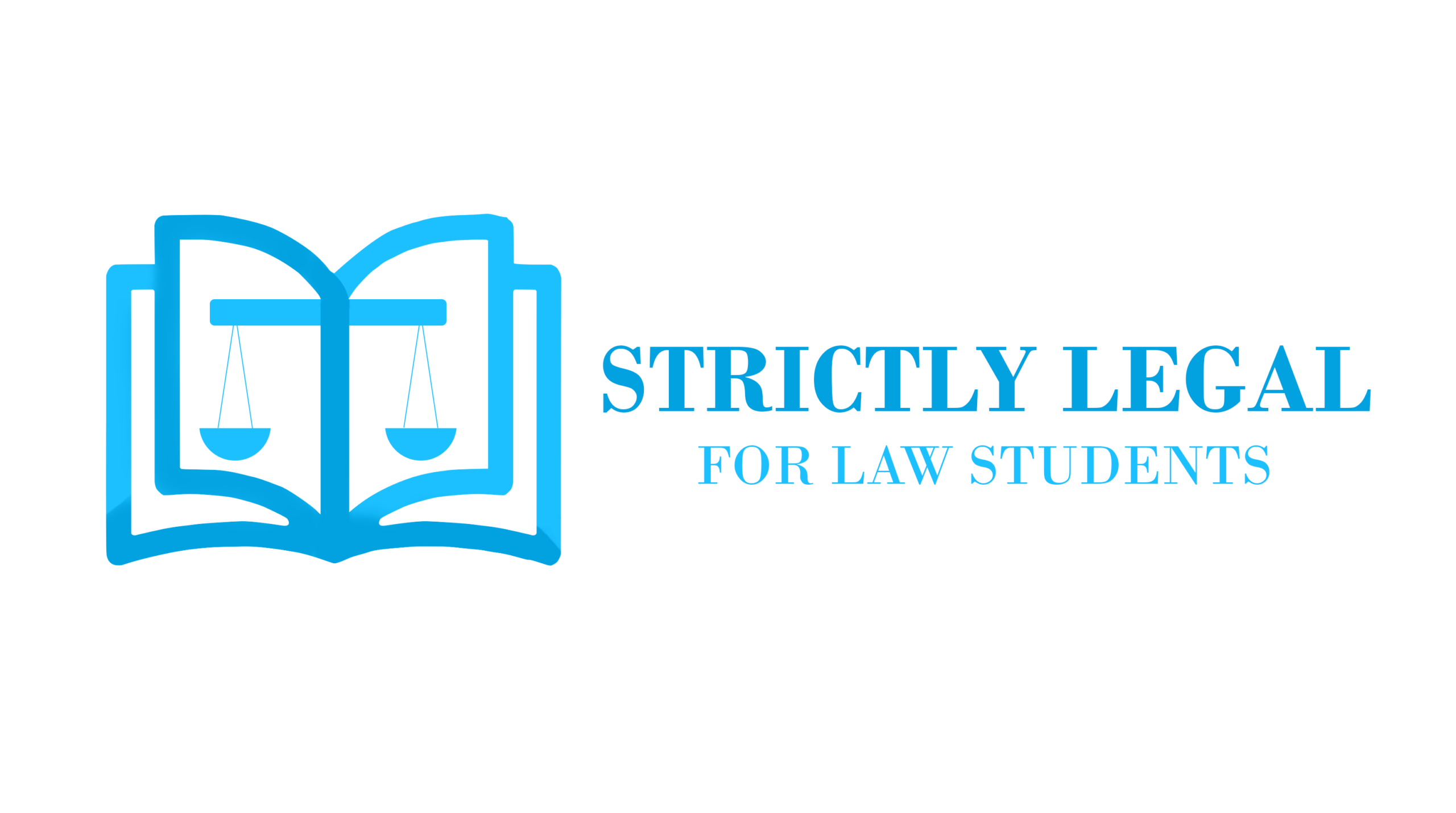This article written by Heena Malhotra from Symbiosis Law School is a discussion about Mergers & Acquisition and Corporate Restructuring.
Table of Contents
Corporate Restructuring
When a company wants to change its capital or modify its services or mode of operation, it is when it undergoes Corporate Restructuring. Usually, this may be done when the company is not in a good financial condition. Corporate restructuring is actually something that companies undergo in order to revise its capital structure when it encounters obstacles in the way of doing its business.
- Internal Restructuring: where the enterprise may invest in research and development, or change sales strategy, etc;
- External Restructuring: where there could be a change in the ownership by means of a merger or takeover;
- Organizational Restructuring: redesigning in terms of positions of people such as down-sizing, change in the management, change in reporting structure;
- Financial Restructuring: change in share patterns, revising debts, split ups, refocusing, changes in terms of equity holdings, spin-offs distribution on a pro rata basis or conducting a public sale of a particular segment of the company’s business.
Mergers & Acquisitions
Acquisition is understood as when a company is acquires a substantial part of the assets of another company. In the context of restructuring, the term “acquisition” and takeovers are synonymous.
Mergers are an alternative to the organic growth done through internal restructuring and research and development, change sales strategy, etc. where the companies realize that beyond a point, they cannot grow on their own due to shortcomings in terms of human resources, technology, etc. and want to expand their synergies. It may merge in order to strengthen the broader corporate strategy and framework. There are a lot of questions involved when an enterprise is considering merging with another company which can be determinant of the success of a merger and acquisition such as integration and some procedural issues.
Read More–> Meaning and types of Merger
MERGERS AND ACQUISITIONS AS STRATEGIC CHOICE APPROACH AVAILABLE TO ENTERPRISES
In the Indian scenario, Mergers and Acquisitions became a popular choice of enterprises and businessmen at a point of time in history. Mergers and acquisition has been used as a strategic approach for a considerable period of time as far as corporate growth is concerned. Transformation of the industrial sector is attributable to the evolution of Mergers and Acquisitions.
Evolution of Mergers and Acquisitions
The economic and political conditions prevalent in the post-World War, gave rise to a spate of Mergers and Acquisitions worldwide as there existed a race to acquire or control the industrial units in spite of the fact that during this period of time, the prices of the shares were quite swollen. As far as India was concerned, industries such as cotton textiles, insurance, tea plantations banking and electricity sector were involved in a lot of mergers and acquisitions and the government policies targeted big companies. Enterprises felt that in order to survive the growth in dynamics of a business environment, there is a need to refocus their strategies and look at the ways by which they could maximize their stand in the corporate environmental sector. Indian corporate houses or enterprises began to refocus on their strategies as to how they would become stronger as far as the markets are concerned.
Subsequently, there was a lot of change that happened in the mergers and acquisition scenario. Even prior to liberalization, mergers and acquisitions took place but in a very haphazard manner as they used to happen in the backdrop of the licensing raj, government control, permits, etc. and therefore, there was a need for the Monopolies and Restrictive Trade Practices Act, 1970, other legislations and regulatory authorities. There have also been studies that have made attempts at understanding the Mergers and Acquisitions that were there which were taking place prior to liberalization.
Read More–> Mergers and Acquisition: Legal Procedure – Companies Act
The process of globalization, deregulation, technological revolution and strong economic environment that was taking place 1990s onwards have been the driving forces for corporate restructuring globally and in India. Indian companies, in order to refocus themselves and to compete with the foreign competitors, required to grow and expand their businesses. With the incoming of liberalization and globalization, many companies including large Indian Companies and foreign companies incoming to India were taking the path of Mergers and Acquisitions. The Securities and Exchange Board of India under Section 11 of the Securities and Exchange Board of India Act, 1992 had wide powers to regulate the capital market. And thus, it came up with Takeover Code and the SEBI Substantial Acquisition of Shares and Takeover Regulation 1994 and 1997.
The government had also allowed companies to buy back their own shares by means of a Promulgation of the Buyback Ordinance. It influenced the way the corporate control was being undertaken in India. Mergers and acquisitions had become a strategic choice approach for growth and expansion for many corporate units such as Jumbo Group, UB Group, etc. It was also used for growing the size of the company as a strategic growth option. In the 2000s, many Indian companies were being acquired for this purpose for example; RPG group had taken over Dunlops.
There are many reasons why Mergers and Acquisitions were being used such as:
- In case of pharmaceutical companies, mergers and acquisition are being used as strategic approach to ensure control over a particular company for Trade-Related Aspects of Intellectual Property Rights (TRIPs) requirements. Hence, multinational companies show an immense amount of interest in merging with Indian pharmaceutical companies as a strategic tool to retain the patent control.
- In the aviation sector, a number of private airline companies that had grown due to mergers and acquisitions. The dispute between Jet and Sahara was settled by way of a merger between the 2 airlines while a strategic alliance was involved in the two government carriers- Indian Airlines and the Air India.
Mergers and acquisition as a strategic frame choice framework
There is a selection of a set of strategies which are helpful in achieving organizational growth. The selection of strategy will depend on the basis the company’s or enterprises’ objective is, the environmental opportunities, business opportunities, the threats, the risks, the organizations’ or the enterprises’ strengths and its weaknesses.
A number of subjective factors may need to be taken into consideration when an enterprise takes the merger and acquisition route. Often, factors may be standing in conflict with each other and a modifying process may have to be adopted or chosen as the strategy of choice. In a given situation, there may be various choices of factors available or a conflict of choices, and hence clear strategic alternatives for growth must be considered. This will require clear evaluation of strategic alternatives which will depend on various decision factors such as objectives, orderly redirection of the enterprise’s activities, deployment of the assets of the enterprise, portfolio management, configuration of the strategic strengths, the kind of attractiveness as far as the market is concerned, developing distinctive capabilities or core competencies, use of strategic assets and improvement in the competitive position post a given strategic choice.
CONCLUSION
Mergers and acquisitions helped corporations to focus on their core competence, evaluate and analyze the market share that they had rather than diversifying their business. Leading business enterprises began to undertake restructuring exercises in order to create a presence in the core areas of their operation. Mergers and acquisitions has been one of the most effective tools of Corporate Restructuring and it became an integral part of the business strategies.
Despite having advantages, it might fail either before the deal closes or post merger as the companies might start to face a worse condition than pre-merger or suffer losses. Reasons for losses may be speculated as stated below:
- The deal being prejudicial to the welfare of shareholders.
- Unreasonable periods being given for clauses like non-solicit and non-compete.
- The economic period prevalent in the country.
- Aggressive or high leveraged acquisitions.
- Oppositions by the stakeholders.
- Matters entangled in litigation.
- Problems in integration such as work culture differences.
- Taxation and structuring issues.
- Due-diligence going down hill
- No permit from NCLT and sectoral authorities.
Any specific elements of the merger and acquisition process have yet to be identified as critical to success or failure of the process. Lawyers only have control over the ‘procedural issues’ that mergers may have to face but latter issues such as integration and compatibility will have to assessed by the enterprises. It is suggested that when identifying the target enterprises for merger process, lawyers should be consulted before beginning the process. It can be opined that while mergers come with a lot of advantages, it might not always guarantee integration success.

Users not registered with Strictlylegal can Email us their content and the same are posted through this account. In case of abuse, kindly let us know at [email protected]




